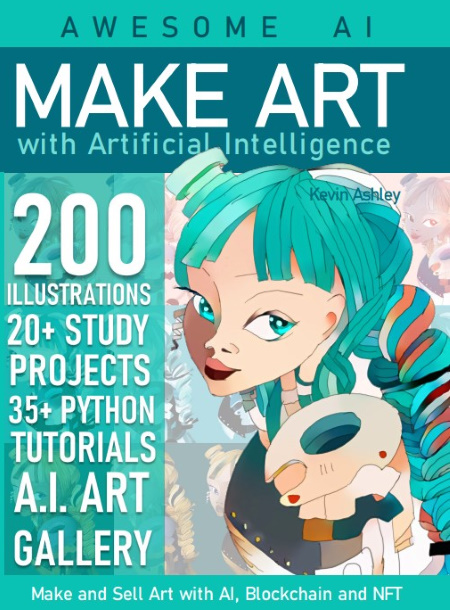
Make Art with Artificial Intelligence
Complete book on how to use AI super-tools to make and sell your art with AI, blockchain and NFTs. This book is written with AI before the LLM revolution started - check it out if you are interested in history of AI.
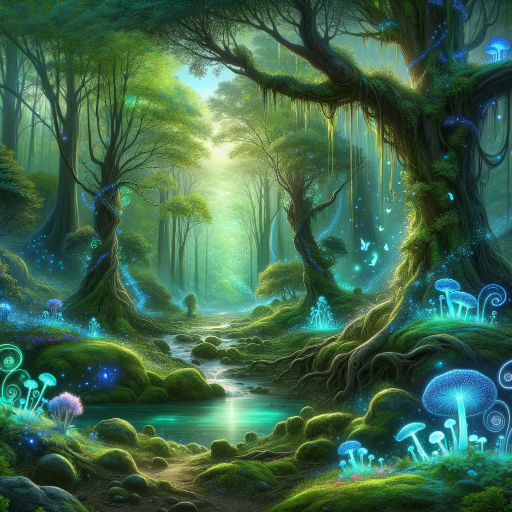
Landscapes (Art Gallery with prompts)
Landscapes (Art Gallery with prompts)A collection of generative AI landscapes.
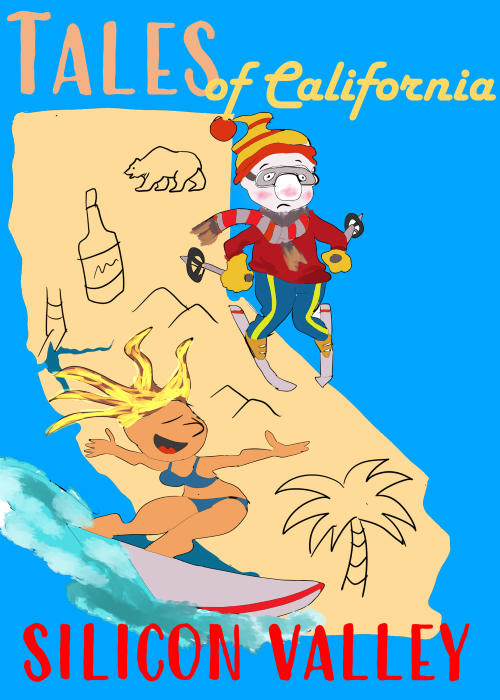
Silicon Valley - Short Story
A fun and humorous short story from "12 Tales of California" written with AI. Luke doesn't miss Silicon Valley, surfing in Orange County, after he sells his engine to Elon Musk's OpenAI.
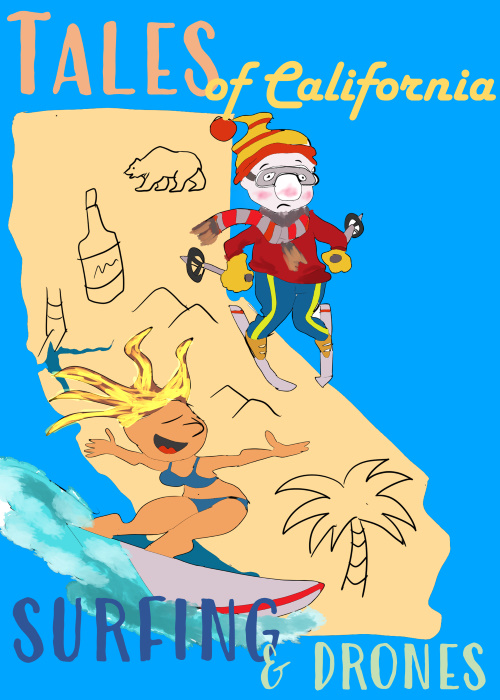
Surfing and Drones - Short Story
Fun and humorous short story from "12 Tales of California". Julia is a surfer girl and a geek with passion for drones. One day a guy nearly collides with her on a break...
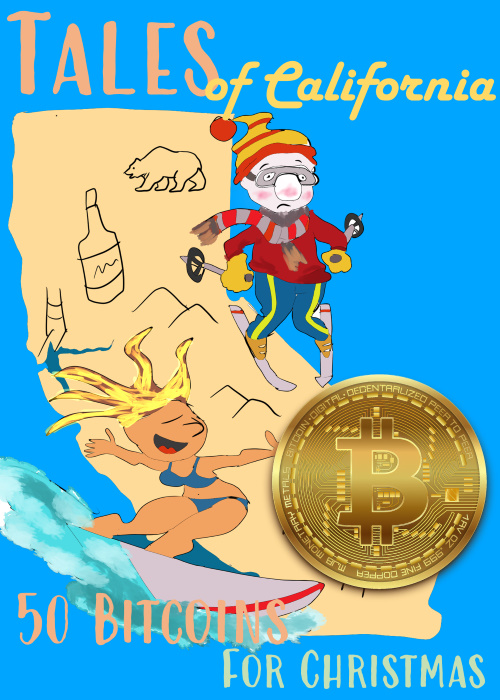
50 Bitcoins for Christmas - Short Story
A fun and humorous short story from "12 Tales of California" written with AI. Jason's startup didn't work so well, then at Hacker Dojo in Silicon Valley he meets Stella...
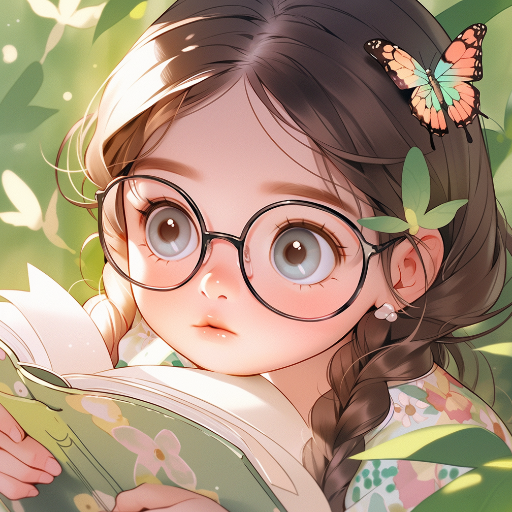

The Art of Prompts 2 Paperback, Signed
This edition of The Art of Prompts 2 is signed by the author and ships in a color printed paperback edition. The book is 134 pages long 8x10" printed on color paper with color illustrations.

Mom's Magical Christmas
"Mom's Magical Christmas" is a heartfelt Christmas card dedicated to celebrating and appreciating a mother's love and presence during the festive season.

Bunnies in the Forest
"Bunnies in the Forest" is a charming fairy tale about a group of young bunnies who embark on an adventure in the forest. Along the way, they encounter various woodland creatures, solve problems using
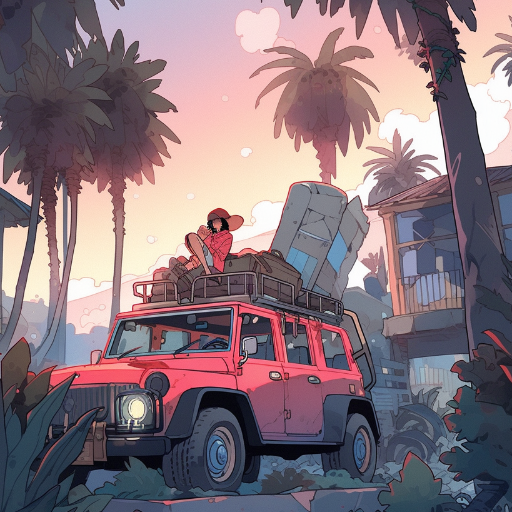
3 California Short Stories
3 California Short Stories3 California short stories created with human imagination and generative AI. These stories are a digital collectible, created with early AI models.
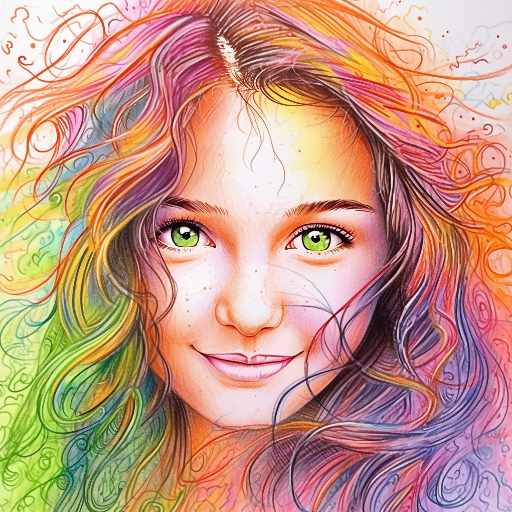
Portraits (Art Gallery with Prompts)
Portraits (Art Gallery with prompts)An art collection of generative portraits, including prompts to generate these images.
Recently posted

Sports Technology
AwesomeAIThe article discusses six different studies that all suggest different ways that technology can improve your health and well-being. Whether it's playing video games to improve your vision, listening to music to help you focus while working out, or spending time in nature to reduce stress levels, there are many ways that technology can be used to improve your life.

Why and When will AI become self-conscious?
AwesomeAIMany people keep asking themselves why AI is not self-conscious, and when it'll happen that AI will become self-conscious. Some attribute our self-consciousness to some mystical power we have as humans, but the answer lies on the surface. I'll explain it in a few paragraphs in very simple terms, it is actually very easy - you don't need to be a data scientist or neuroscientist to grasp the idea.

The History of Computing
AwesomeAIThe history of computing is full of fascinating stories and important milestones. In 1801, Joseph-Marie Jacquard invented a loom that could be programmed with punch cards, laying the foundation for future computers. In 1876, Charles Babbage designed the Analytical Engine, a machine that could be programmed to perform mathematical calculations. However, the machine was never completed. In 1937, John At anasoff and Clifford Berry developed the first electronic computer, called the Atanasoff-Berry Computer. However, it was not actually built until 1973. In 1941, Konrad Zuse designed and built the first programmable computer. In 1943, the Colossus was built to help decrypt German codes during World War II. It was the first electronic digital computer. In 1946, ENIAC was completed. It was the first general-purpose electronic computer. These stories and milestones are just a few of the highlights in the history of computing.

Kiteboarding – An Extreme Sport with a Growing Popularity
AwesomeAIKiteboarding is an extreme sport that is growing in popularity. It can be dangerous, but the risks can be minimized with the proper equipment and training. There are many great kiteboarding spots around the world, and the sport has a long and interesting history. If you're interested in getting started in kiteboarding, there are some things you need to know.

Generative Art: A Brief History
AwesomeAIGenerative art is created using a variety of mediums, including digital, analog, and even physical systems. One of the earliest examples of generative art is the Mandelbrot Set , created by mathematician Benoit Mandelbrot in 1980. In the mid-2000s, artists like Casey Reas and Jared Tarbell popularized the use of Processing, an open-source programming language, for generative art. Generative art is often used in advertising and product design, as well as in fine art contexts.

Generative Art: A History
AwesomeAIGenerative art is a term coined by William Latham in the 1960s to describe art that is created by algorithms or mathematical equations. The first computer-generated art was created in the 1950s , and since then, a number of well-known artists have explored the form. Generative art can be found in digital art, installations, and sculptures, and is often used to explore concepts of probability, chance, and randomness.

Professional Coaching - An Overview
AwesomeAIProfessional coaching is a process that helps individuals achieve their goals and improve their performance. Coaches work with clients to identify areas of improvement, set goals, and create action plans. The coach- client relationship is based on trust and mutual respect. Coaching is different from therapy in that it focuses on the present and future, rather than the past. There are several different approaches to professional coaching, and coaches can specialize in different areas. Some challenges of professional coaching include maintaining confidentiality, dealing with difficult clients, and managing expectations.

Kiteboarding – The Extreme Sport With a High Learning Curve
AwesomeAIKiteboarding is an extreme sport with a high learning curve. It is very popular because it is very adrenaline-pumping and exciting. However, it is also very dangerous, and has been known to cause fatalities. You need special equipment to do it, and you have to be in the right conditions to be able to do it well.